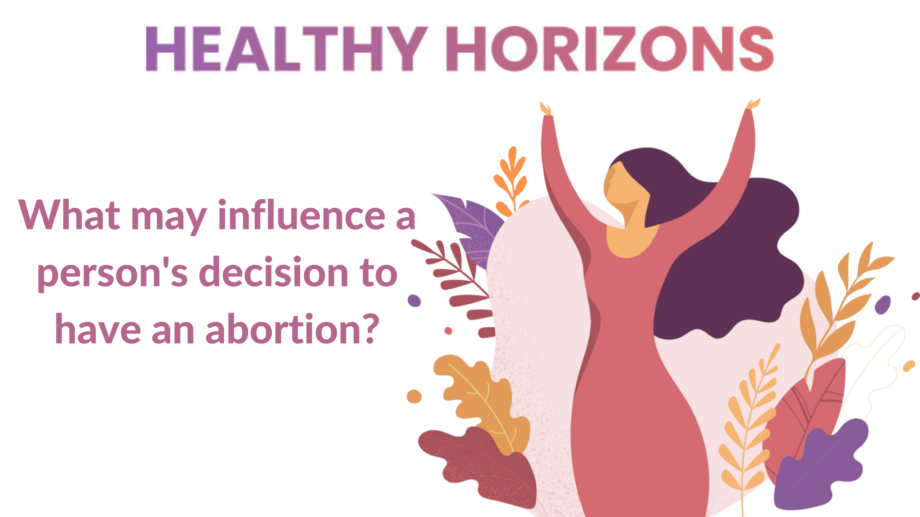Read Transcript
Dr Nisha Khot:
So abortion essentially can be two ways: one is surgical and one is medical.
So surgical abortion was the more common way that most people would have heard of it, they would have heard of it as called a DNC. It's usually a very short procedure, it's a day-procedure, it's usually done either under a general anaesthetic or what we call 'twilight sedation' which is essentially putting you under (not quite an anaesthetic) but putting you to sleep, in a sense. And it's done as a surgical procedure; we put some instruments into the womb and we empty out the contents of the womb. Most women will go home the same day after the surgery. They will have some bleeding and cramping once they go home, but it shouldn't go on for any longer than about 24-48 hours and then they should be back doing all the normal things that they would do. But because it is a surgical procedure it does have certain risks that go with having a surgery. Things like excessive bleeding, infection, causing injury to the cervix which is at the neck of the womb, or to the womb itself. So those are some things to consider. Plus it means that you have to leave home, you have to go to a hospital, you have to get admitted: all of those things, which women might want to avoid.
And so the other option which is a kind of 'do it yourself' or 'do it at home' option is to have what is called a medical abortion. What the medical abortion involves is: first of all, it's not suitable for everyone because it can't be done once you are beyond a certain stage in pregnancy, usually we say that is about 9 weeks. So when you are 9 weeks or less pregnant, you still have the option of having a medical abortion. It involves taking two sets of medication. The first medication is something that works against the hormone of pregnancy, so it kind of blocks off the pregnancy hormone which means that the pregnancy can't grow as it would normally grow. After 24-48 hours after that tablet you take a couple of other tablets, two tablets that you put into your cheeks and sort of leave them there for a while and they get absorbed through the cheeks. What those tablets do is then they start getting the uterus contracting. So essentially like it would happen in any other situation, the uterus is a muscle so it can contract; when it contracts, what it does is that it pushes out whatever is inside the uterus, outside. So what it will appear when you do take those tablets, it will be like having a heavy period, there will be cramping, and then all of the products of the pregnancy which are inside the uterus will be passed out.
Women might find that the pain is significant, and our advice usually is to take painkillers during that process, there's no point in putting yourself through that pain if it's not necessary. For most women this can be done very easily at home. Nowadays this can easily be done over the telephone, what we call telehealth. So there's a telephone number you can call, the tablets will all be posted out to you, and you can take them in the comfort of your own home. That way you don't have to leave the house, you don't have to go anywhere, and you don't have to declare it to anyone. It's all very private and it's up to you how and when you do it.
So all of those options are available. The important thing for women to remember is that they are available to everyone. And so you might find if you go to your GP and your GP says that 'actually I don't provide this service', all doctors have a duty to refer patients to somebody who can provide that service. If women find that that's what they face, they need to ask. And if they find that they can't get the help then all they have to do is to go online, because telehealth or tele-abortion is available to every woman across Australia, anywhere at all. So they can access that from their home.
But the good thing to remember is that these complications happen very very rarely. For the vast majority of women an abortion will be a completely straightforward, safe procedure which will have no long-term effects on their future fertility or on their ability to carry a pregnancy to term. So women should not feel like they shouldn't have an abortion because 'they'll never be able to get pregnant again' for example. That is exceedingly rare to happen.
I suppose the other thing that women sometimes worry about is the mental trauma or distress from having an abortion. Lots of research has shown that actually the trauma of having a child that you didn't plan for, didn't want to have, is much higher than having an abortion. And so more women who have an abortion will not have long-term regrets from having the abortion.




